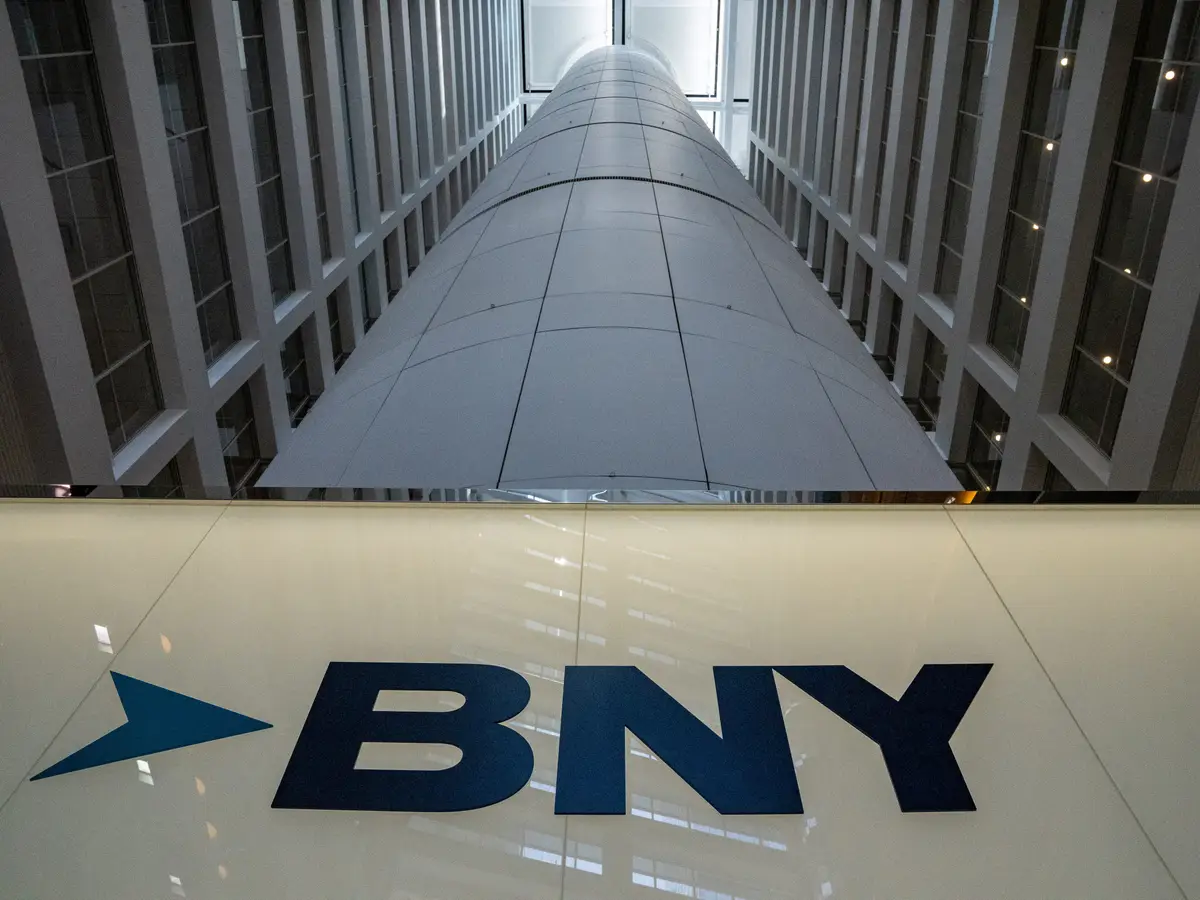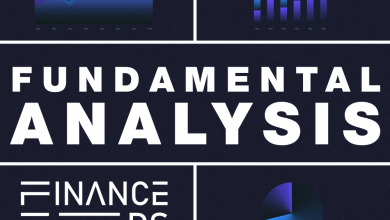BNY Pilots Tokenized Deposit in Push for 24/7 Settlement


Bank of New York Mellon is weighing the rollout of tokenized deposits, a move that could let its clients send payments over blockchain networks and mark another step by a major financial intermediary toward onchain settlement.
Carl Slabicki, executive platform owner for Treasury Services, told Bloomberg the initiative fits into a broader overhaul of the bank’s payment infrastructure, which spans real-time, instant, and cross-border transactions.
Tokenized deposits are digital representations of commercial bank money issued on a blockchain. Unlike , they remain direct liabilities of the issuing bank. For institutions handling trillions daily, the appeal lies in speed and accessibility. By operating on decentralized ledgers, such deposits can settle around the clock—sidestepping the downtime and friction that come with legacy .
BNY’s treasury unit handles about $2.5 trillion in payments each day and overviews $55.8 trillion in assets under custody or administration, making it the world’s largest custodian. Integrating tokenized rails could streamline internal transfers and open a pathway toward near-instant settlement across borders.
The move follows a flurry of similar experiments by major banks testing blockchain-based money. JPMorgan launched a proof-of-concept for its token, JPMD, on Coinbase’s Base network in June. HSBC has rolled out a for corporate clients to simplify multi-currency cross-border transactions. And Swift, the global messaging network that underpins most international payments, is piloting a shared blockchain ledger to enable real-time settlement across banks.
BNY Mellon has been building toward this moment. In July, it joined forces with Goldman Sachs to record ownership of money market funds onchain, a project aimed at making collateral transfers quicker and more efficient. That partnership highlighted the bank’s belief that blockchain can without displacing existing financial structures.
The exploration of deposit tokens extends that logic: if tokenized assets can move instantly, tokenized cash must keep pace. For large custodians, the ability to match these flows could unlock new efficiencies in everything from repo markets to treasury operations.
Slabicki said timelines for a rollout remain unclear but suggested ahead pilots will likely focus on internal use cases before expanding to clients and partner banks. Over time, he added, tokenized deposits could assist institutions work past “legacy technology constraints,” allowing payments to move “eventually” across broader networks as interoperability standards mature.
While the concept remains in testing, BNY’s involvement signals growing confidence among major incumbents that blockchain settlement is inching closer to practical use. As other institutions race to build proofs-of-concept, the world’s largest custodian may soon find itself not just secureguarding trillions—but moving them in real time.







